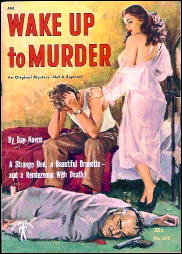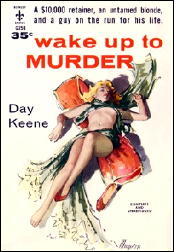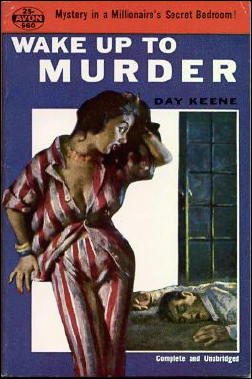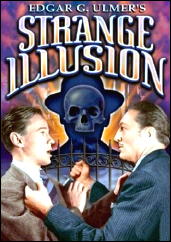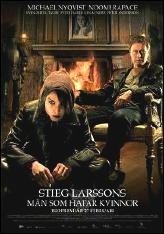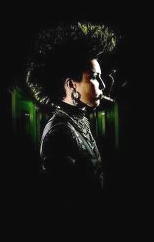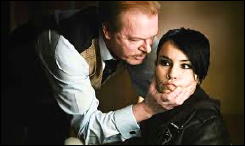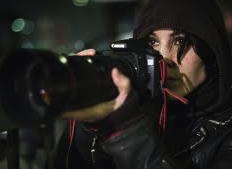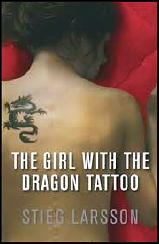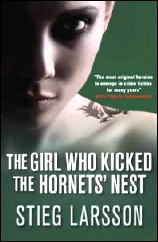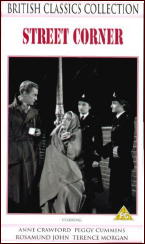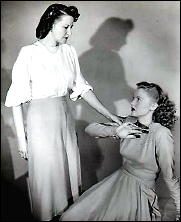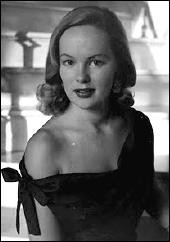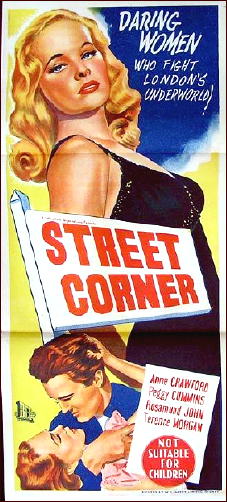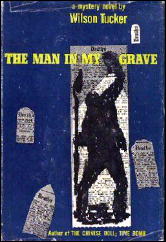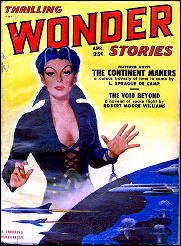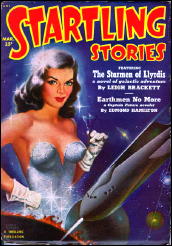REVIEWED BY CURT J. EVANS:
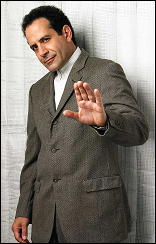
MONK. USA Cable Network. Seasons 1-4: 2002-2006. Tony Shalhoub (Adrian Monk), Jason Gray-Stanford (Lt. Randall Disher), Ted Levine (Captain Leland Stottlemeyer), Traylor Howard (Natalie Teeger), Stanley Kamel (Dr. Charles Kroger), Bitty Schram (Sharona Fleming).
As an extremely devoted admirer of Golden Age mystery fiction — just read last week’s Lee Thayer review! — I perhaps have a tendency to not give credit where credit is due to more modern work.
Yet I will freely admit that my favorite American television mystery series is one of recent vintage: the magnificent Monk, which ran from 2002 to 2009. My nephew John Hendricks prevailed upon me to watch this series, and I am glad that he did.
In Monk, the eccentric Great Detective of grand, old tradition is alive and well (well, perhaps not entirely well). As brilliantly created by three-time Emmy award winner Tony Shalhoub, consulting detective Adrian Monk, traumatized by the murder of his wife, Trudy, is a teeming mass of compulsions and phobias, yet he is also utterly brilliant and indispensable to the San Francisco police, who, in classical tradition, clearly would not have a prayer of solving one of their sixteen yearly murder cases without him.
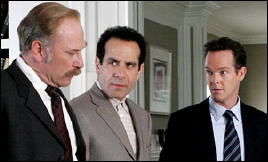
Representing the San Francisco police force in each episode are the imposing but perhaps not overly percipient Captain Leland Stottlemeyer (Ted Levine, otherwise most familar to me from his creepy performances in the genre films The Silence of the Lambs and Shutter Island) and his bumbling, overgrown boy scout assistant, Lieutenant Randy Disher (as broadly though amusingly played by Jason Gray-Stanford, he seems to have graduated from a police college surely located somewhere on Gilligan’s Island).
Completing this band is Monk’s personal assistant (and essential caretaker), the brassy and sometimes abrasive former nurse Sharona Fleming (Bitty Schram), who is later replaced midway through season three by the rather sweeter-natured (I think she has the patience of a saint) Natalie Teeger (Traylor Howard).
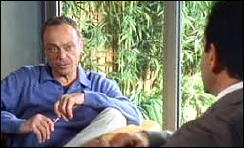
Appearing more occasionally is Monk’s psychiatrist (I think he has the patience of a saint), Dr. Charles Kroger (Stanley Kamel). Dr. Kroger’s therapy sessions with Monk are themselves often mini-masterpieces of humor (Kamel sadly died after season six, but thankfully he appeared in nearly half the Monk episodes filmed during his life).
Season one of Monk has some inspired episodes (I particularly liked one that played a brilliant variation on G. K. Chesterton’s “The Invisible Man”), but also some clunkers. The series seems to have had a smaller budget (it looks more studio bound) in the first season and characters who had not quite gelled, as is common in debut seasons of series.
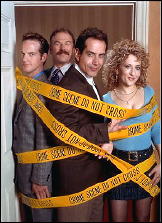
Season two, on the other hand, seems to me nearly flawless. The ingenuity of the mystery plots often is quite remarkable, in my view, for forty-five minute television shows.
Some highlights from various episodes include: perfect alibis (“Mr. Monk Goes Back to School” and “Mr Monk and the TV Star”); a locked exercise room murder (“Mr. Monk Meets the Playboy”); a bizarre case of a parachutist drowning in mid-air (“Mr. Monk Goes to Mexico” — this is not quite fair play but still very clever and wonderfully outre); a murder committed by a man in a coma (“Mr. Monk and the Sleeping Suspect”); and the classic situation of the murder committed during the performance of a play (“Mr. Monk Goes to the Theater” — this crams novel length complexity into a small space).
With their impossible situations and miracle problems, many of these episodes successfully invoke the brilliance of the Golden Age of the detective novel, as penned by such past masters as John Dickson Carr, Freeman Wills Crofts and John Rhode.

There is also an episode, “Mr. Monk and the Three Pies,” that was surely intended as an homage to Arthur Conan Doyle’s Sherlock Holmes. Clearly modeled on Jacques Barzun’s favorite Holmes story, “The Adventure of the Six Napoleons,” “Pies” also introduces a brother for Adrian Monk (the gifted Oscar-nominated actor John Turturro), who in turn is obviously influenced by Sherlock’s brother, Mycroft (he’s not fat, but he’s even smarter than Adrian and, more phobic as well, he’s essentially immobile, never leaving his house).
Often in addition to being clever, the series is extremely funny. Mr. Monk confronting a rather less than five-star motel in Mexico should have you in stitches, as should his being forced to sham marriage with Sharona (in “Mr. Monk Gets Married,” which involves another classic Golden Age plot, the treasure hunt).
Season three strikes me as not quite up to the sheer perfection of season two. There was a particular plot structure that, while clever, became overused in this season and there seemed, in the middle of it, to be evident problems with the actress playing Sharona. (She was entirely written out of one episode and apparently was either fired or quit.)
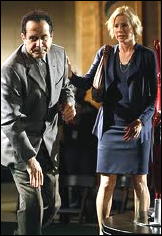
After Sharona was abruptly and completely written out of the series, a replacement for her, the chipper Natalie, had to be written in, and her relationship with Monk did not really gel until season four.
Another problem from my perspective is that the series started to indulge a bit much in the psychodrama of Monk’s obsession with his dead wife, Trudy (she even starts to appear to him in physical manifestations). A true Golden Age traditionalist likes the writer to stick a bit more to the plot!
However, there are some excellent episodes in season three, including one of the very best in the series, “Mr. Monk Gets Cabin Fever,” which takes a remarkably original and delightful approach to the classical “drawing room lecture” (where the Great Detective reveals all to the assembled suspects).
Also compelling are “Mr. Monk Gets Stuck in Traffic,” a clever inverted mystery (where we know who committed the murder) unfolding entirely within a highway traffic jam, and “Mr. Monk Goes to Vegas,” which revolves around the strangling murder of an unwanted wife while she was alone in an elevator (this one is reminiscent of a classic John Dickson Carr-John Rhode novel).
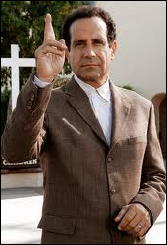
Season four nearly maintains the level of season two, with a raft of clever episodes: Monk confronting a rival detective who somehow is smarter than he his (“Mr. Monk and the Other Detective”); Monk reuniting with his brother to confront a really baffling murder problem (“Mr. Monk Goes Home Again”); a case involving the teasing question of why someone would break a stock analyst’s right hand (“Mr. Monk Goes to the Office”).
More from season four: A variation on the Paris Exposition “Lady Vanishes” problem (“Mr. Monk Gets Drunk”); a variation on Alfred Hitchcock’s film Vertigo (“Mr. and Mrs. Monk”); a variation — okay, seemingly total theft from — Anthony Berkeley’s classic poisoning short story, “The Avenging Chance” (“Mr. Monk and the Secret Santa”); a comedic variation on the amnesia plot (“Mr. Monk Bumps his Head”); another perfect alibi case (“Mr. Monk and the Astronaut”) and Mr. Monk solving a present-time murder while serving on a jury (“Mr. Monk Gets Jury Duty”).
Once again, some of the episodes are extremely funny, especially “Mr. Monk Goes to the Dentist,” with it hilarious parody of the Laurence Olivier-Dustin Hoffman “Is It Safe?” scene from the film Marathon Man. Some are funny and poignant, like “Mr. Monk Goes to the Office,” because we realize that behind the humor of Monk’s eccentricities are really mental disorders that set him apart from humanity and make him a very lonely man. As Monk regularly pronounces, his genius truly is “a blessing — and a curse.”
Simultaneously successfully portraying the amazing deductive genius of the classical Great Detective and making us see as well his human side in the modern manner makes Monk a pure blessing.
